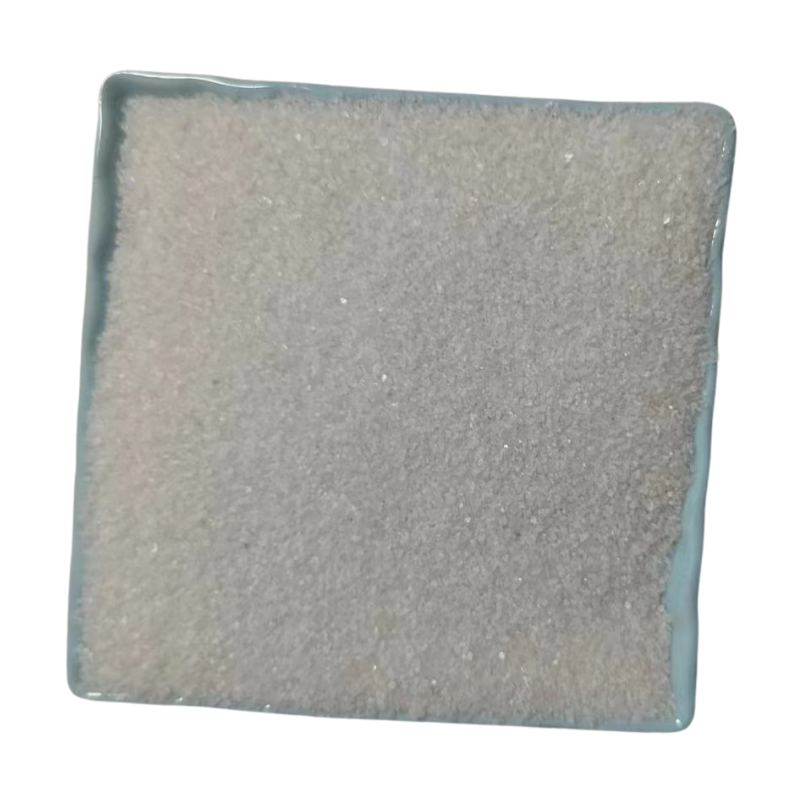
Exploring the Benefits and Applications of Vermiculite in Cement Production
Vermiculite Cement An Innovative Solution for Construction and Insulation
In the realm of construction and building materials, the quest for sustainable, versatile, and efficient solutions has led to the increasing popularity of vermiculite cement. This innovative material combines the lightweight properties of vermiculite, a natural mineral, with cement, producing a product that offers numerous benefits for both structural applications and insulation.
What is Vermiculite?
Vermiculite is a naturally occurring mineral that is expanded by heat to form lightweight, accordion-like particles. This expansion process creates a material that is not only lightweight but also highly absorbent and fire-resistant. Its unique characteristics make vermiculite an ideal additive for various building materials, particularly cement-based products.
The Composition and Properties of Vermiculite Cement
Vermiculite cement is produced by mixing vermiculite with Portland cement or other binding agents. The resulting blend has enhanced thermal and acoustic insulating properties compared to traditional cement mixtures. This insulating capability makes vermiculite cement an excellent choice for applications where energy efficiency is a priority, such as in walls, roofs, and flooring systems.
One of the standout features of vermiculite cement is its fire resistance
. The mineral itself can withstand high temperatures without igniting, making it a safe option in buildings where fire safety is a concern. Additionally, vermiculite's low density contributes to lighter structures, reducing the overall weight on supporting frameworks.Applications of Vermiculite Cement
vermiculite cement

Vermiculite cement is increasingly being applied in a variety of construction scenarios. It serves as an excellent lightweight fill material, particularly in voids or as backfill in foundations. Its insulating properties also make it suitable for use in soundproofing applications, helping to minimize noise transmission between rooms or external environments.
Furthermore, vermiculite cement can be utilized in plastering and coating applications. The mixture can be applied to walls and ceilings to create aesthetically appealing finishes while simultaneously enhancing the thermal and acoustic properties of interior spaces. Given its fire-resistant qualities, it is particularly advantageous in commercial settings, such as schools, hospitals, and high-rise buildings.
Environmental Benefits
The use of vermiculite in cement applications aligns with sustainable building practices. Vermiculite is a natural, non-toxic material that reduces the ecological footprint of construction projects. Moreover, the lightweight nature of vermiculite cement can lead to lower transportation costs and reduced energy consumption during the construction process.
Additionally, the insulating properties of vermiculite cement contribute to energy savings for buildings. Structures built with vermiculite cement require less energy for heating and cooling, ultimately lowering utility bills for occupants and reducing greenhouse gas emissions.
Conclusion
In summary, vermiculite cement represents a significant advancement in construction materials, offering a combination of lightweight, fire-resistant, and insulating properties. As the demand for sustainable and energy-efficient building solutions grows, the role of vermiculite cement will likely expand within the industry. By adopting materials like vermiculite cement, builders can not only enhance the performance and safety of their structures but also contribute positively to environmental sustainability. Embracing such innovative materials is essential for future-proofing our cities and ensuring a greener, more efficient built environment.
Share
-
Premium Talcum Powder Enhanced with GPT-4 Turbo | Soft & Long-LastingNewsAug.02,2025
-
Fly Ash Solutions Enhanced by GPT-4 Turbo | Sustainable InnovationNewsAug.01,2025
-
Natural Premium Bentonite Cat Litter - Superior ClumpingNewsJul.31,2025
-
Premium Resin Coated Sand - High Heat Resistance CastingNewsJul.31,2025
-
High Quality Silicon Carbide Grit for Abrasive ApplicationsNewsJul.30,2025
-
High-Quality Ceramsite for Plants & Gardening | Lightweight PebblesNewsJul.29,2025






